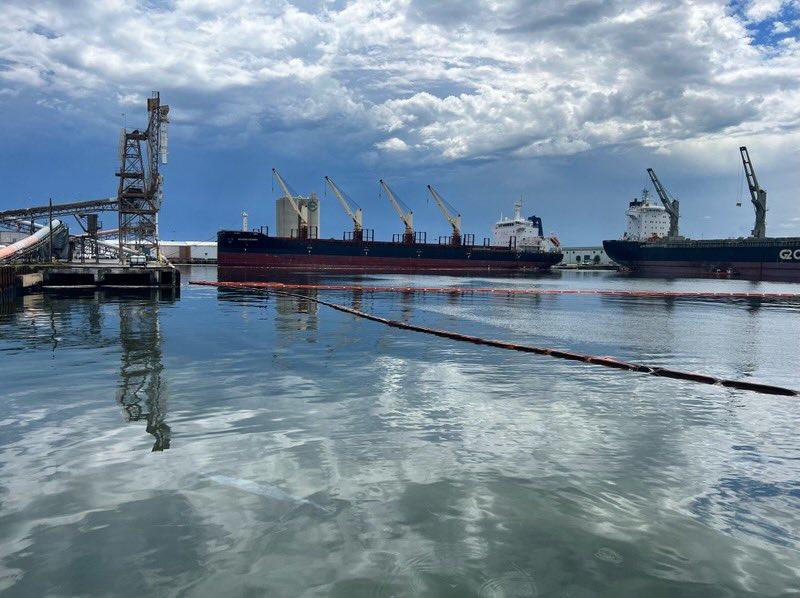Coast Guard officials are still investigating an oil spill at SeaPort Manatee that contaminated 20,500 gallons of seawater and required an 11-day cleanup operation in early September.
In a joint effort with the National Response Center (NRC) and SeaPort Manatee, the U.S. Coast Guard deployed 4,000 feet of “boom,” or floating barriers used to collect oil from the water’s surface, along with absorption and vacuuming procedures.





